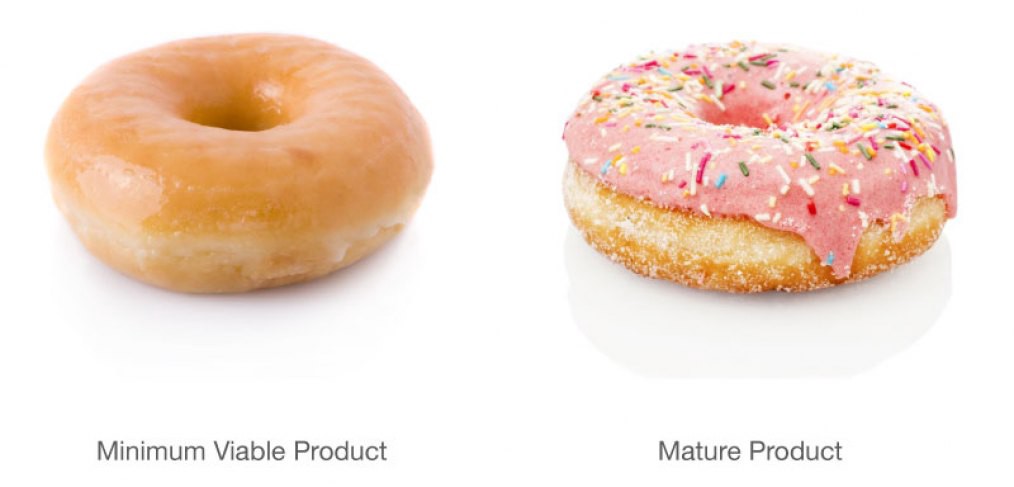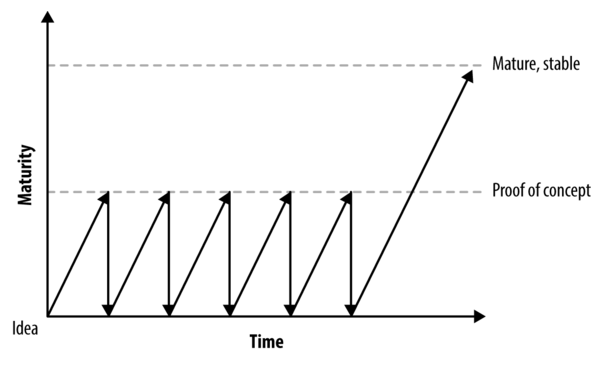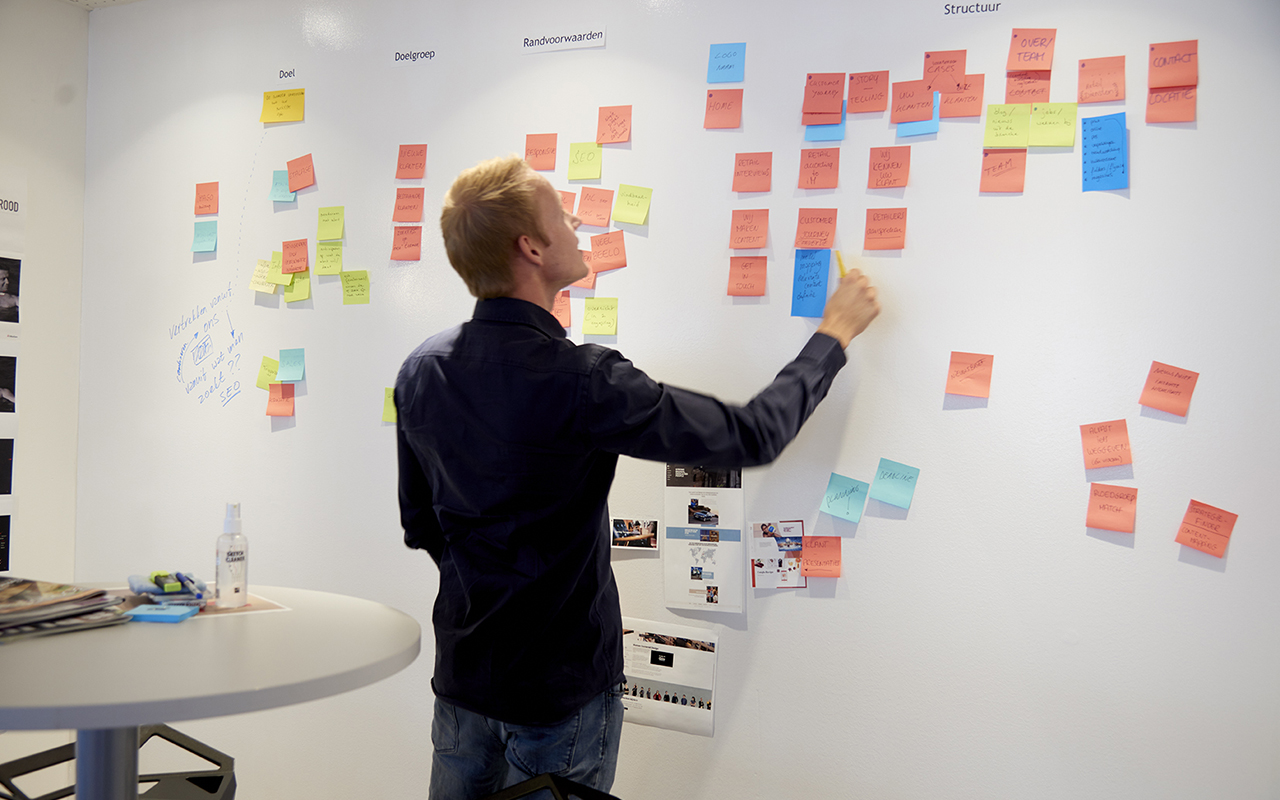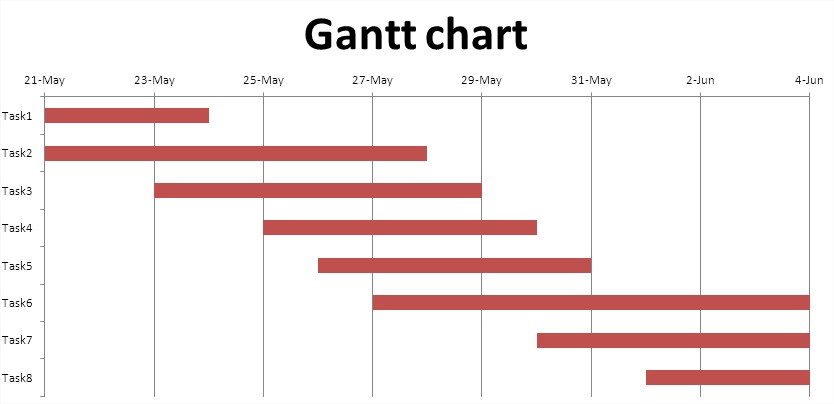Many beginner entrepreneurs believe that MVP development is a ‘magic pill’ that can guarantee their startup success. Unfortunately, it’s not always true. Building a minimum viable product before releasing a full-fledged solution is indeed a great way to avoid a lot of mistakes and save money. But it’s essential to do it right, keeping a balance between overwhelming enthusiasm and rational thinking. Otherwise, the decision to develop an MVP can do more harm than good to your ‘newborn’ business.
In this article, we’ll outline the most common errors startuppers make during the MVP creation process and explain how you can avoid falling into these traps. But let’s cover some basics first to make sure that everyone is on the same page.
What Is a Minimum Viable Product (MVP)?
An MVP is an early version of a new product that has a minimum but a sufficient number of features to satisfy first adopters and allow its creators to collect a maximum amount of valuable feedback. Now, it’s widely used in software development, helping businesses mitigate the most significant risks associated with the release of new digital products.

In particular, MVP development allows entrepreneurs to get their ideas to market faster and see if there is a target audience for them. It also enables product creators to learn from customer interaction with a solution and apply this knowledge to further development. So, for instance, if they find out that something is missing in the current feature set, engineers can fix it before the final product becomes available for commercial sale.
On top of that, building a minimum viable product is cheaper than building a full-featured product, so the financial risks are much lower. Also, after the MVP release, product creators have a clearer understanding of what customers want so that they can make better decisions about product functionality. This helps to spend the project’s budget in a much smarter way.
How to Create a Minimum Viable Product
MVP development isn’t about building a software product with several features chopped out. You won’t get any valuable feedback if you give customers something that barely functions and doesn’t reflect your product vision or central assumption. To develop an MVP that will be worth your investments, you need to go through several critical stages.
Stage 1. Do a Market Research

Most startuppers are sure that their product ideas are brilliant, unique, and extremely profitable. But the reality is often a bit different. A lot of startups fail because they are built either around products that no one needs or around products that already exist. To avoid their fate, beginner entrepreneurs have to take a pragmatic approach to all their ideas and do thorough market research before spending money on actual product development.
Here are some questions to include in your market research:
-
Do people have the problems your product can potentially solve?
-
If yes, how do they solve them today? Are there any pain points in the way your potential customers deal with these problems?
-
What do your competitors offer? What are their strengths and weaknesses?
The list is not exhaustive, and there are a lot of other areas you may want to explore. The more information you’ll be able to collect, the better.
Read also how to create hospital management software from scratch.
Stage 2. Refine Your Idea

After you get more knowledge about the target market, you’ll need to focus on your idea. Put yourself in the customers’ shoes and carefully examine the idea. Can your product solve the problems of its target audience? Why would customers want to choose it instead of what they’re using to solve the problem now? Does your product has any advantages over competitors’ products?
During this stage of MVP development, it would be quite tempting to make some emotion-driven conclusions about the indisputable awesomeness of your idea. To avoid this pitfall, try to be as specific as possible. Not just think about the advantages of your product - list them. After that, assess each point on your list. Is it unique? Is it something customers will pay attention to and appreciate?
Stage 3. Map out a User Journey
The next task within the MVP development process is to define exactly what users need to do to have their problems solved. It is vital to identify every step, including the ones we usually take without even noticing, for example, pushing the “Next” button. Having a detailed design of the user flow will help you determine if you haven’t missed anything. It will also allow you to determine the potential usability of your future product.
Further reading about on-demand medical staffing platform development.
Stage 4. Define an MVP Feature Set

Deciding what features should be included in an MVP is probably the toughest challenge for startup founders. All entrepreneurs dream that customers will fall in love with their products at first sight. So, showing the target audience something that isn’t perfect yet requires a lot of courage. For this reason, at the fourth stage of MVP development, it’s crucial to remember that you’re building a minimum viable product to test your assumptions, not to conquer the market or earn money.
In most cases, it’s hard to define the MVP functionality straight away. That’s why you’ll need to list all product features first and then cross out the odd ones. Our recommendation is to assess each feature against the following criteria:
-
Will it help you validate your ideas or get any new knowledge about the product?
-
If no, will the lack of this feature affect customer perception so much that they won’t be able to get the main idea behind it?
After the assessment is completed, review the list of features once again, prioritize items, and categorize them if needed. The task is to make the feature list as short as possible. But it still needs to remain sufficient to create a viable product.
Step 5. Develop an MVP
This is the part where software engineers build the minimum viable product. The process doesn’t differ much from standard software development. The only comment we want to make is that developing an MVP doesn’t mean developing a defective product. Although it’s not the final release yet, the quality cannot be compromised. After all, you don’t want to re-do everything from scratch if users love your idea, and you confirm that there is a market demand for it.
Find out more about senior housing software development.
Step 6. Rinse and Repeat
MVP development isn’t something you do once and then consider the mission completed: it’s a process. After you put your product in front of real users, you’ll probably need to rethink some aspects of your idea and, as a result, new assumptions may arise. The build-learn-measure steps should be repeated over and over again until you have enough knowledge to release the final product.

Most Common Mistakes to Avoid
Errors are always a part of the journey. It wouldn’t be honest if we said that you could develop an MVP without tripping over a bunch of rocks along the road. But while some errors bring valuable experience and knowledge, others can jeopardize the very existence of your startup. Here are the mistakes that have to be avoided during the MVP development process.
Failure to Validate Your Product Idea

If you do comprehensive market research, you’ll probably have a good understanding of your target audience and market. These findings are important and valuable, but they are not enough to make sure that your product will survive in real-life conditions. To see if your idea can bring profit after its implementation, you have to go through the idea validation process.
Some startuppers skip this step because they believe that they’ll have an opportunity to test all hypotheses after the minimum viable product gets to its first customers. But there are many steps you can take before the programmers write the first line of code. All of them reduce the risk that your investment in MVP development will fail to bring the expected returns.
In particular, you can estimate the size of the target market to define how many people may potentially be interested in buying your product. Are there hundreds of them? Thousands? Millions? Another essential step of idea validation is wireframing. Building a basic structure of the product before creating an MVP will speed up the development process and help to create a user-friendly product. Find more tips on how to validate the idea in this article.
Lack of Good Planning

People don’t usually like planning. Often, they don’t see the point in thinking about a future activity instead of starting the work straight away. But when it comes to product development, this approach can lead to some very unpleasant consequences. In particular, poor planning of the MVP development process will likely disorient the programmers. If the coding team doesn’t have a clear vision of what should be built, when, and why, it won’t be able to deliver decent results.
It’s also important to understand that planning everything doesn’t mean you cannot be flexible. Market conditions, customer expectations, and other factors can change in the blink of an eye. So you can make some adjustments to your plan if needed. Still, the most substantial chunk of planning work has to be done at the beginning.
 Quality planning simplifies the further execution of the project considerably. So, even if you feel a bit uncomfortable scheduling everything, your ‘pain’ will go away eventually. At the same time, in case you start developing an MVP with no milestones and deadlines set in advance, your anxiety will be gradually growing.
Quality planning simplifies the further execution of the project considerably. So, even if you feel a bit uncomfortable scheduling everything, your ‘pain’ will go away eventually. At the same time, in case you start developing an MVP with no milestones and deadlines set in advance, your anxiety will be gradually growing.

Constant Change in Scope
It’s practically inevitable that the scope of your minimum viable product will change during the development process. Even if you’ve chosen the right team and they’ve created a well-thought project plan, it’s just impossible to consider every detail beforehand. Also, the chances are that some new information you’ll get after the project kick-off will have an impact on your product vision and scope.
So, on the one hand, altering the initial MVP functionality is beneficial since it’ll help you create a relevant solution that is highly tailored to the current needs of its target audience. That’s why we recommend choosing a development team that understands the importance of the scope changes. For instance, here at Demigos, we schedule 20% of a total sprint time for addressing unexpected requests and issues.
Yet, too many changes made permanently may lead to the overly extended MVP scope. Frequent alterations will likely delay the release date and stretch your project budget. On top of that, programmers who don’t have a clear roadmap for MVP development (see the image below) need to deal with the constant mess. As a result, they may run out of energy and lose their motivation faster.

For this reason, think twice before requesting any change. You should always remember that you’ve done a lot of work to define your MVP feature set, so adding any new piece of functionality must be justified.
Failure to Find the Right Distribution Channels

What comes after the minimum viable product is ready? You need to reach out to customers to show them your MVP and ask for feedback. But finding the right distribution channels is not as easy as it may seem; it requires some time and effort. So, it’s an excellent idea to start thinking about your options during the MVP development process, not the night before the release. Otherwise, there is a risk that the product will get into the customers’ hands later than planned, or you’ll find the wrong audience and won’t receive any valuable knowledge.
But there is also good news. Your market research materials, along with the findings received during the idea validation process, most likely already contain a lot of necessary information. To find the proper distribution channels, you’ll need to change the perspective from development to marketing and sales. Also, try to learn from your competitors. Study the channels they use and analyze if they’ll work for your MVP equally well.
Check out this article to get more info about finding the right distribution channels for your startup.
Wrapping-up
Building an MVP is vital if you want to create a profitable product that solves real problems. However, the MVP development process has a lot of pitfalls, so it’s easy to make a mistake that will be fatal for your business. For instance, a lot of startups fail because they are built around products customers don’t need. To avoid the standard errors of beginner entrepreneurs, validate your idea before developing an MVP, put efforts in quality planning, change the scope only if it’s necessary, and think about distribution channels in advance.
Want to get more information about the MVP development or get a detailed checklist on how to build an MVP in time and not to lose money? Fill out the form below!




